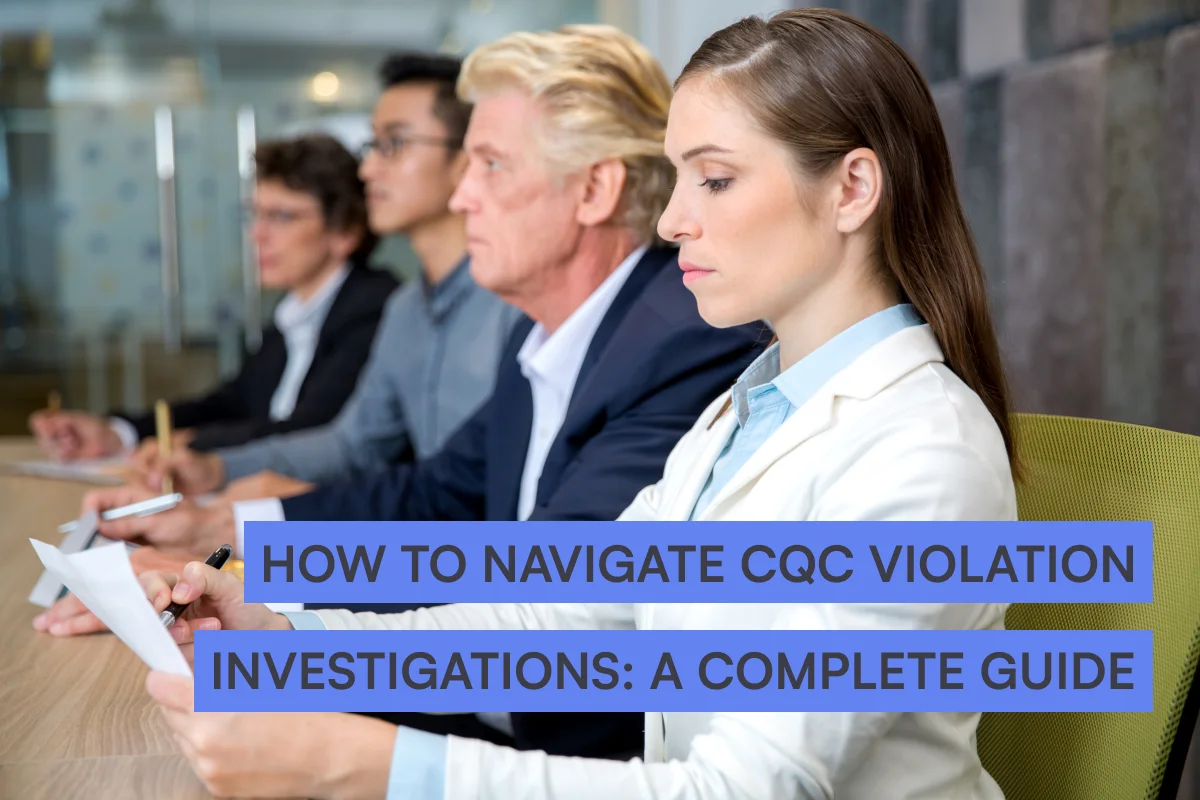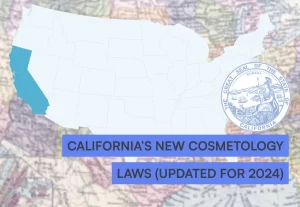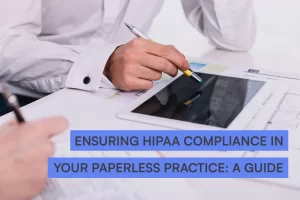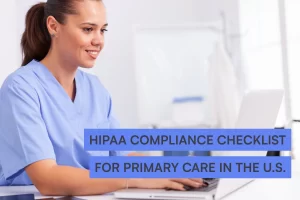The Care Quality Commission (CQC) is the independent regulator of health and social care services in England. Their mission is to ensure these services provide people with safe, effective, compassionate, and high-quality care.
Medical practices across the country prioritize meeting CQC standards, reflecting their commitment to not just regulatory compliance, but excellent patient care.
But, in some cases, things don’t go as planned, and standards may be violated, leading to CQC investigations, which can be challenging for any practice.
Understanding what these investigations entail and the steps to take if you face one is crucial for navigating the process effectively (and with minimal stress).
This article will guide you through the CQC investigation process, highlight common challenges, and offer practical tips for achieving compliance and positive results.
Common reasons for a CQC investigation
As a healthcare service provider in England, it’s important to be aware of the triggers for an investigation by the CQC, as these could lead to scrutiny and potential consequences.
The CQC may launch an investigation if issues exist that could compromise patient safety and the quality of care provided.
💡It’s important to note that the CQC serves as the independent regulator for health and social care services only within England, not the UK.
Breach of regulations
Violations of specific healthcare regulations are a key trigger for CQC investigations.
These regulations safeguard patient well-being by ensuring healthcare providers meet fundamental standards in key areas, such as:
- Care quality
- Patient safety
- Operational efficiency
- Staffing and training
- Leadership and management
When care providers fail to comply with these standards, the consequences can be severe, including legal action, substantial fines, facility closures, and reputational damage.
Most critically, violations can jeopardize patient health and safety, as seen in high-profile cases like the Mid Staffordshire NHS Foundation Trust scandal, where widespread neglect and substandard care led to numerous patient deaths.
Concerns about quality of care
Another reason for CQC investigations is concerns about care quality, including patient safety, service effectiveness, and patient experience.
These issues can arise from various channels, such as patient complaints, whistleblower reports, or routine inspections.
For example, a surge in patient injuries or medication errors might prompt an investigation into patient safety practices.
The CQC here looks into the root causes, such as inadequate staffing, poor training, or ineffective management, and can prompt clinics to take corrective actions.
Providing a regulated activity without CQC registration
The CQC registration process ensures that healthcare providers meet essential safety and care standards, safeguarding patients from unqualified or unsafe care.
There are various treatments are in considered ‘in scope’, which qualified medical practitioners have to be CQC registered to provide. For example, IV therapy treatments and thread lifts are both regulated activities.
Providing these services without this oversight bypasses crucial checks on regulated activities such as surgeries, prescribing medication, or diagnostic testing, and significantly increases risks to patient health.
When such illegal activities are discovered, the CQC takes swift action, including shutting down the service, imposing fines, or pursuing legal measures.
This enforcement protects patients and reinforces the importance of regulatory compliance to maintain high care standards across the healthcare sector.
💡The slightly confusing thing about CQC regulation is that it’s only applicable to registered healthcare professionals. If a treatment is provided by a non-medic, then it doesn’t breach any CQC regulations.
What steps are involved in a CQC violation investigation?
When an organization faces a CQC investigation, understanding the lines of inquiry is crucial to maintaining compliance and care standards.
The investigation begins with a triggering event and moves through stages of preparation, response, evidence gathering, and evaluation, ensuring a thorough and fair process.
Triggering the investigation
CQC investigations are typically triggered by specific events, each serving as an early warning of potential regulatory breaches or care failings.
Common triggers include:
- Complaints from service users, their relatives, or staff members, highlighting issues like poor care or unsafe conditions.
- Routine inspections that reveal non-compliance, such as staffing shortages, outdated practices, or failure to meet cleanliness standards.
- Concerns from other regulatory bodies or third-party organizations, such as local authorities or NHS trusts, may raise alarms about systemic problems, risk of harm, or breaches of care regulations.
These triggers prompt the CQC to launch a formal investigation, focusing on gathering evidence to identify the root causes of the concern.
Preparation and initial response
When notified of a pending CQC investigation, healthcare providers must act quickly to assemble a dedicated response team.
This team usually includes key personnel such as management, compliance officers, and relevant clinical staff.
Their responsibilities are:
- Reviewing allegations: It’s important to thoroughly examine the specific concerns raised and understand their implications.
- Coordinating the response: Helps for a unified approach to the investigation, including designating spokespersons, defining roles, and ensuring clear communication.
- Identifying and preserving relevant documents such as patient care logs and incident reports, to demonstrate compliance.
- Preparing staff for interviews: Provide guidance to staff on the investigation process, emphasizing the importance of honest and clear responses.
The initial response stage is crucial for setting a positive tone for the investigation and ensuring the organization is prepared to effectively address the CQC’s concerns.
A proactive approach can significantly influence the investigation’s outcome.
Information gathering
The information-gathering stage of a CQC investigation is the most critical one.
It involves the healthcare provider working collaboratively with the CQC to collect all relevant documents and evidence related to the alleged violations.
This multifaceted process typically includes several aspects:
- Internal reviews: The healthcare provider conducts thorough internal reviews to assess compliance with CQC regulations and identify any lapses in care or practice.
- Staff interviews: These are conducted to gather firsthand accounts of operations and address any concerns.
- Compiling records and policies: Providers must compile all pertinent documentation, such as patient care records, incident reports, policies, and procedures.
- CQC on-site inspections: The CQC may conduct on-site inspections to observe practices directly. During these visits, CQC inspectors may engage with staff and service users, assess the environment, and gather additional evidence.
This information-gathering process is exhaustive by design, and ensures that every aspect of the case is thoroughly examined.
Evaluation of evidence
After gathering all necessary information and evidence, the CQC undertakes a thorough evaluation to assess compliance with regulatory standards and prepare an inspection report.
This evaluation process involves:
- Contextual analysis: The CQC reviews the collected evidence in the context of established regulatory standards, particularly the Health and Social Care Act 2008 and associated regulations.
- Determining substantiation of violations: This involves comparing the evidence against the regulatory framework to identify any actual breaches in care standards or operational practices.
- Severity assessment: Factors such as the potential impact on patient safety, non-compliance extent, and whether similar issues have occurred are considered.
Based on this assessment, the CQC decides on the appropriate course of action. Options may include:
- Recommendations for improvement: If violations are minor or technical, the CQC may issue recommendations to help the provider enhance care quality and compliance.
- Enforcement action: In cases of serious breaches, the CQC may take stronger measures, which could include issuing warning notices, imposing fines, or even pursuing prosecution.
How to prepare for a CQC violation investigation
Understanding how to navigate a CQC violation investigation is essential for ensuring compliance and maintaining high standards of care. Here are key steps to help you prepare effectively for a CQC investigation.
1. Immediate actions upon notification
As soon as you receive notice of a CQC investigation, it’s crucial to acknowledge it promptly. Immediately notify key personnel, including senior management, compliance officers, and legal advisors.
Quick communication ensures that everyone is informed and can start taking appropriate action right away, which is vital for coordinating an effective response.
2. Assemble a response team
Gathering a dedicated response team is essential for managing the investigation effectively. This team should include internal experts such as legal advisors, compliance officers, and heads of relevant departments.
A diverse group of professionals ensures a well-rounded approach to the investigation, with each member bringing unique insights and expertise to effectively coordinate the response.
3. Conduct an internal review
Initiate an internal audit to collect all necessary documentation, records, and evidence related to the investigation. This includes patient records, staff reports, internal communications, and other relevant materials.
Additionally, interview staff members about the issues under investigation. For example, if there has been an increased number of complaints about staff in the past few months, it’s worth unpacking why this may be the case.
Document these interviews carefully, as they can provide valuable insights into the situation and demonstrate your commitment to transparency.
4. Prepare for the on-site inspection
Ensure that all documentation is well-organized and easily accessible for the CQC inspectors. This will demonstrate your facility’s readiness and reflect a commitment to transparency.
Inform your staff about the investigation and the importance of cooperation during the CQC’s visit. They should be prepared for what to expect during the inspection, and should have time blocked out so they’re available on the day.
Finally, ensure that your facility is in optimal condition and adheres strictly to health and safety protocols.
5. Remember the 5 questions the CQC inspectors use to assess services
During the inspection, CQC inspectors assess services based on five key questions:
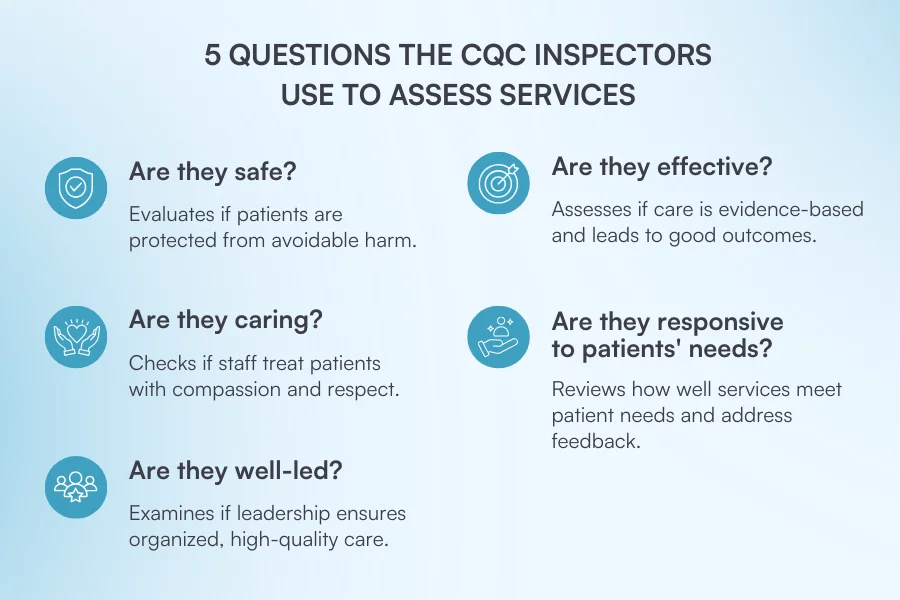
Familiarizing yourself with these questions will help you prepare your documentation and staff for the inspection.
6. Engage with the CQC during the investigation
Throughout the investigation, it’s important to be open, transparent, and cooperative with the CQC inspectors.
Provide any requested information promptly and be prepared to answer their questions thoroughly.
A cooperative attitude can positively influence the inspectors’ perceptions and the overall outcome of the investigation.
7. Ensure technology is compliant
Finally, verify that all technology used within your facility meets CQC compliance standards. This includes ensuring data security, accessibility, and functionality.
Compliance with technology standards supports operational efficiency and protects patient information, which is critical in demonstrating your commitment to high care standards.
Prepare for a CQC inspection effectively with Pabau
Leveraging the right tools can streamline your efforts and enhance compliance.
Pabau offers several features that can significantly aid in managing CQC inspections effectively and improve your CQC rating:
- Secure digital records: Pabau supports CQC compliance by securely managing patient records with a comprehensive client card that consolidates essential information, organizes medical records, automatically integrates consent forms, and improves communication with staff alerts.
- Appointment management: Pabau supports CQC compliance with scheduling tools that simplify appointment booking, automated notifications for reminders, and a client portal for clients to manage appointments and update information.
- Accurate patient communication: Pabau supports CQC compliance by automating client notifications for care instructions, collecting feedback through surveys and ratings, and managing reviews while respecting client privacy.
- Analytics and reporting: Pabau enhances quality assurance and CQC compliance by tracking key performance indicators (e.g., patient satisfaction scores, appointment attendance rates), providing comprehensive reporting on client demographics and appointment trends.
So, don’t wait until an investigation is underway to start preparing. Take proactive steps today to ensure compliance and enhance your care quality. Book a demo today to learn more about how Pabau can support your practice!

